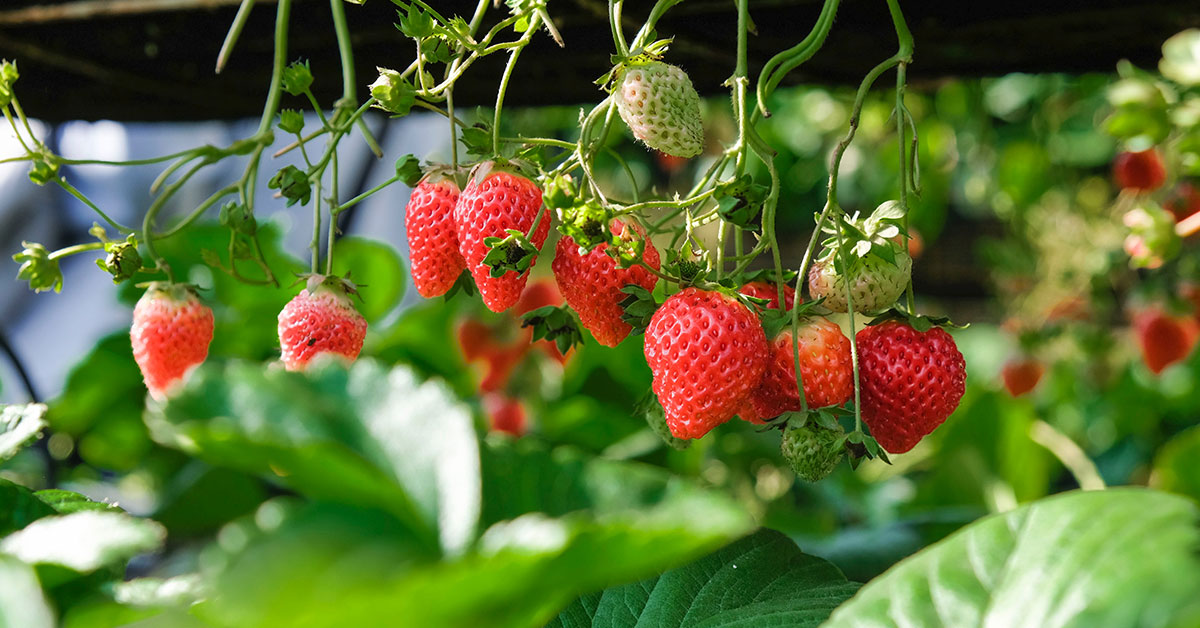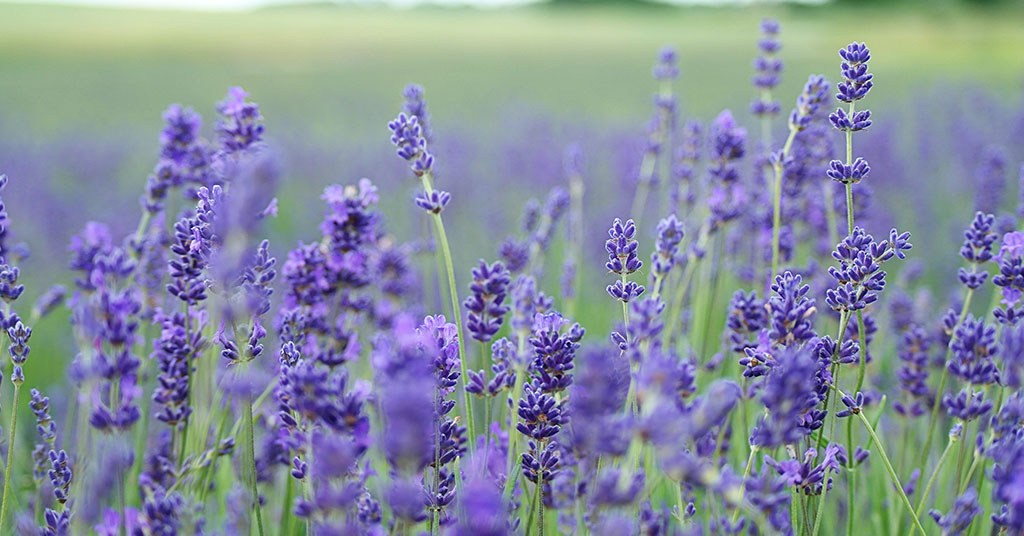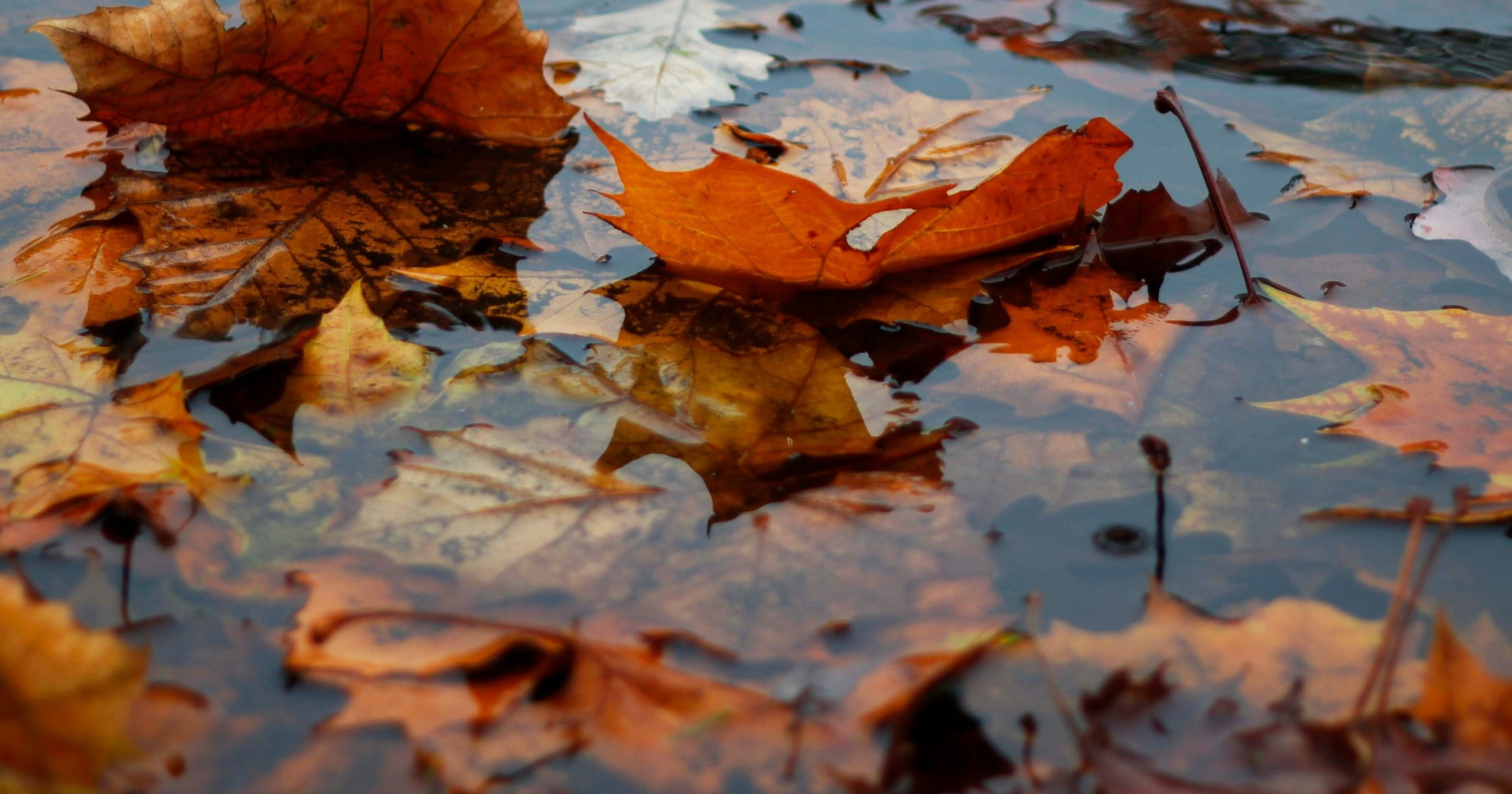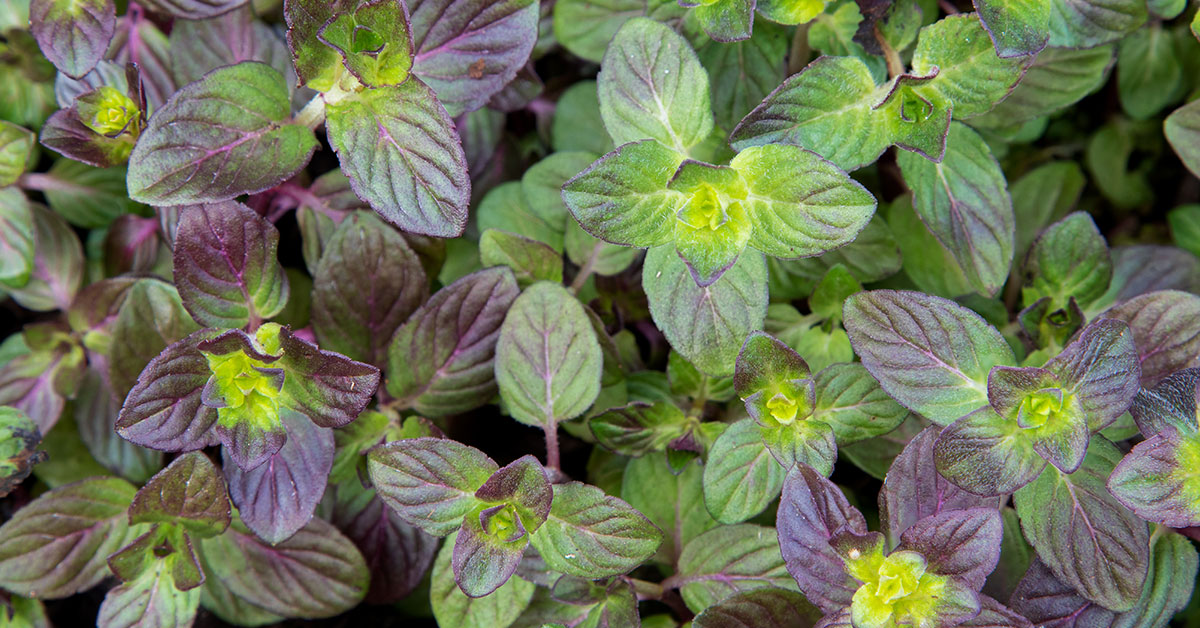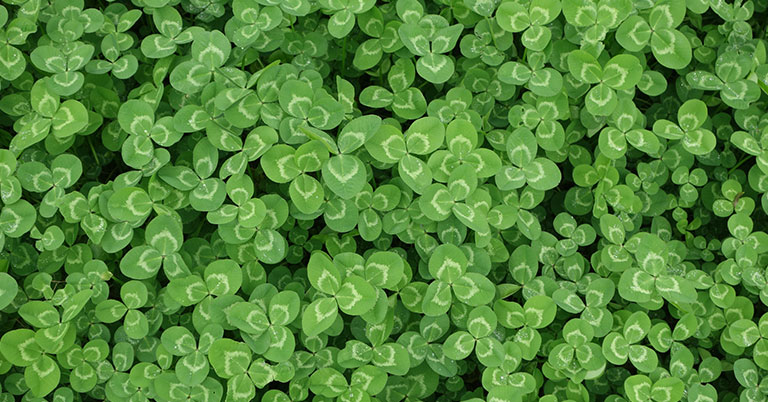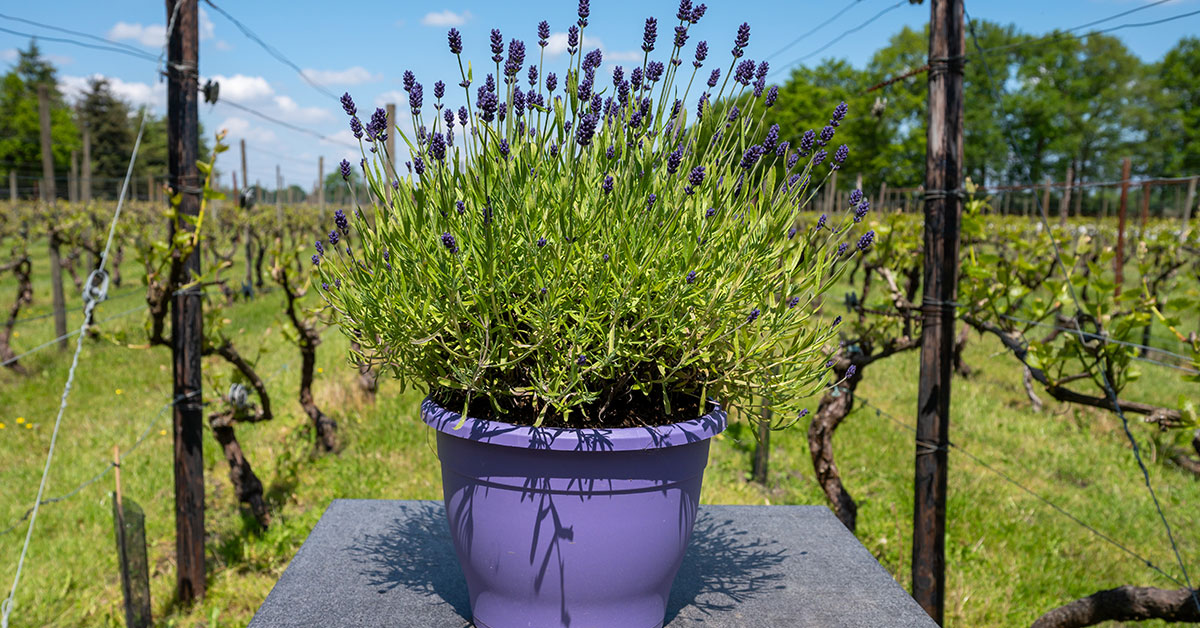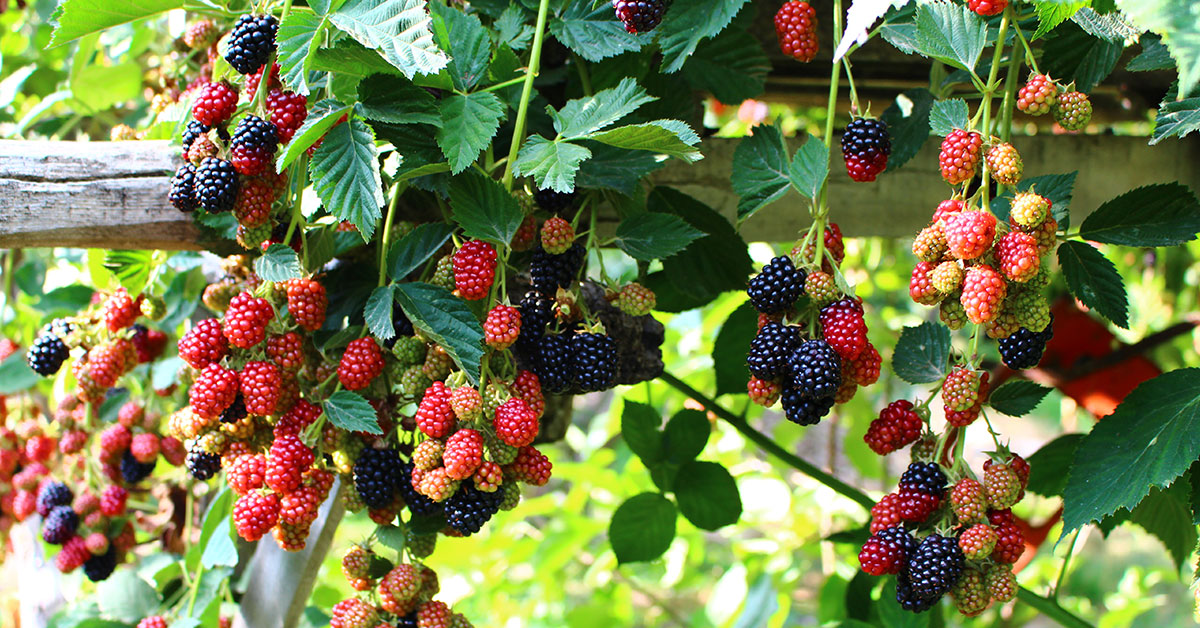It’s such a letdown to walk out to your strawberry patch, dreaming of sun-warmed berries, only to find yellowing leaves staring back at you. I’ve absolutely been there—poking around, wondering what went wrong. Healthy strawberry leaves should be a rich green, full of life and energy. So when they start turning yellow, it’s your plant waving a little flag saying, “Hey! Something’s off down here.” But don’t panic! Yellowing leaves don’t always mean the end of your harvest. In many cases, a quick diagnosis and a little intervention can bring your plants right back to their juicy selves.
Strawberries (Fragaria × ananassa) are perennial plants originally native to temperate regions of the Americas and Europe, and they’re not considered invasive in most gardens. They’re tough and productive when happy, but sensitive to imbalance. Yellowing leaves can be caused by anything from water stress to nutrient deficiencies to sneaky little pests. Let’s take a look at the most common causes and how to fix them—because nothing should stand between you and a basket of fresh strawberries!
Nitrogen Deficiency
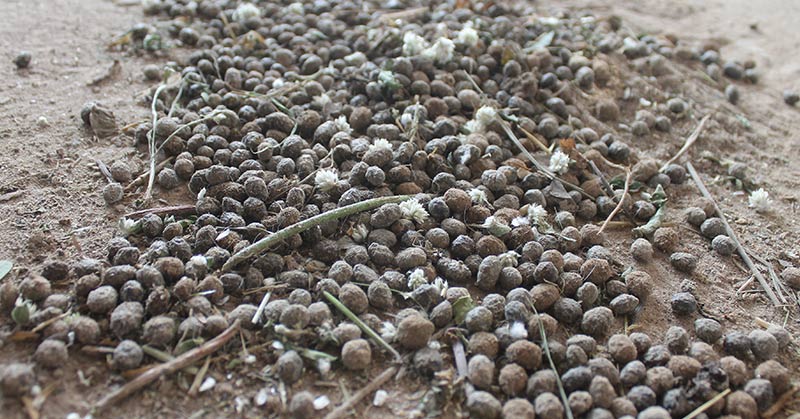
One of the most common reasons for yellowing strawberry leaves is a lack of nitrogen. Nitrogen is essential for healthy leaf and stem growth, and when it’s in short supply, older leaves tend to yellow first while newer ones stay green. This gradual fading can be easy to miss at first, especially if your plants are still producing berries.
To correct a nitrogen deficiency, you can feed your strawberries with a balanced fertilizer or apply composted manure. Organic options like blood meal or fish emulsion also work wonders. Just be careful not to overdo it—too much nitrogen can lead to lush leaves and few fruits. A healthy nitrogen balance helps keep leaves vibrant and strong, providing the energy the plant needs to feed both foliage and fruit!
Overwatering or Poor Drainage
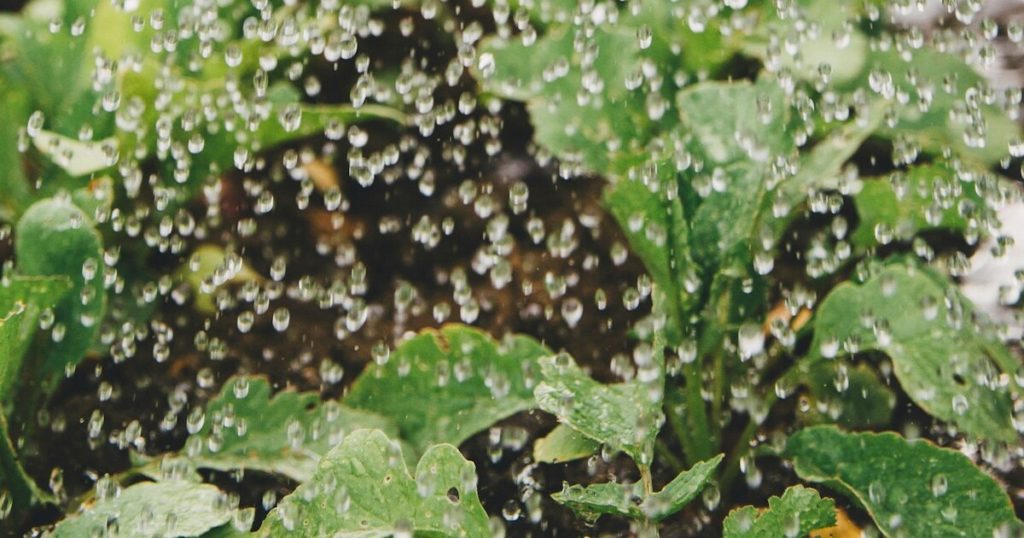
It’s such a bummer when our best intentions—like watering on a hot day—end up doing harm. Strawberries need consistent moisture, but too much water or poorly draining soil can quickly lead to yellowing leaves. Excess moisture can suffocate the roots, limiting their ability to take up nutrients and oxygen.
Make sure your strawberry bed drains well and avoid watering so frequently that the soil stays soggy. Raised beds or mounded rows can make a big difference, especially if you’re dealing with heavy clay soil. Overly wet soil also encourages fungal diseases and root rot, which only adds to the leaf yellowing. If your strawberries are in containers, double-check that your pots have drainage holes and aren’t sitting in trays of standing water.
Iron Chlorosis

Iron chlorosis shows up as yellow leaves with green veins, especially on the newer growth. This often happens when the soil pH is too high (alkaline), which binds up iron and makes it unavailable to the plant—even if there’s plenty in the soil. Strawberries prefer a slightly acidic soil, generally around pH 5.5 to 6.5.
To fix this, you can apply chelated iron or lower your soil pH using elemental sulfur or acidified compost. A soil test will help you get a clear picture of your pH levels and guide your next steps. If your soil is too alkaline, even the best care won’t fix yellow leaves until the pH is corrected. Getting this right helps your plants absorb nutrients more efficiently and keeps those leaves bright and healthy.
Pests Like Spider Mites or Aphids

When I see strawberry leaves turning yellow and looking a bit stippled or curled, I immediately suspect pest damage. Tiny pests like spider mites and aphids can suck the life out of your plants—literally—by feeding on the sap inside the leaves. This can cause mottled yellow patches, leaf curling, and even plant stunting if left unchecked.
Look closely at the undersides of the leaves with a magnifying glass or phone camera. You might spot fine webbing (a spider mite giveaway) or clusters of tiny insects. A strong blast of water, insecticidal soap, or neem oil can help keep them in check. Encouraging natural predators like ladybugs or lacewings is also a long-term solution—especially if your strawberry patch is part of a biodiverse garden. Don’t forget to check nearby weeds too—some pests hitchhike from plant to plant!
Root Rot From Pathogens
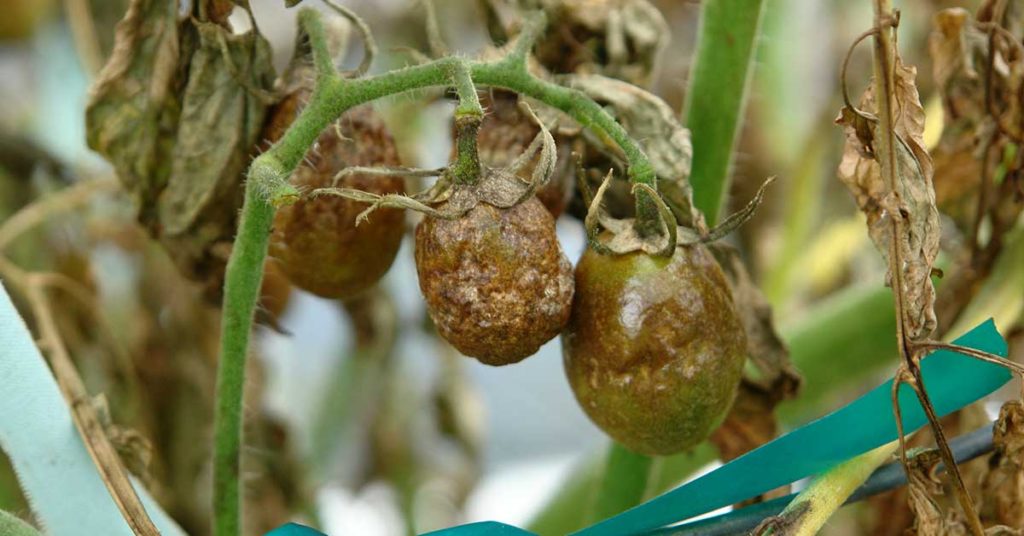
Root rot is every gardener’s nightmare. Caused by pathogens like Phytophthora or Rhizoctonia, root rot sets in when the soil stays too wet for too long. It often starts with yellowing outer leaves and progresses to wilting and collapse, even if the soil still feels damp.
Dig up a troubled plant and examine the roots—if they’re dark, mushy, or have a foul smell, rot is likely. Unfortunately, once root rot sets in, the plant is usually done for. The best prevention is excellent drainage and proper spacing so air can circulate around the roots. Crop rotation and solarizing old soil can also help kill off lurking pathogens. It’s heartbreaking to lose a plant, but saving the rest of your patch means acting quickly and removing infected ones!
Transplant Shock
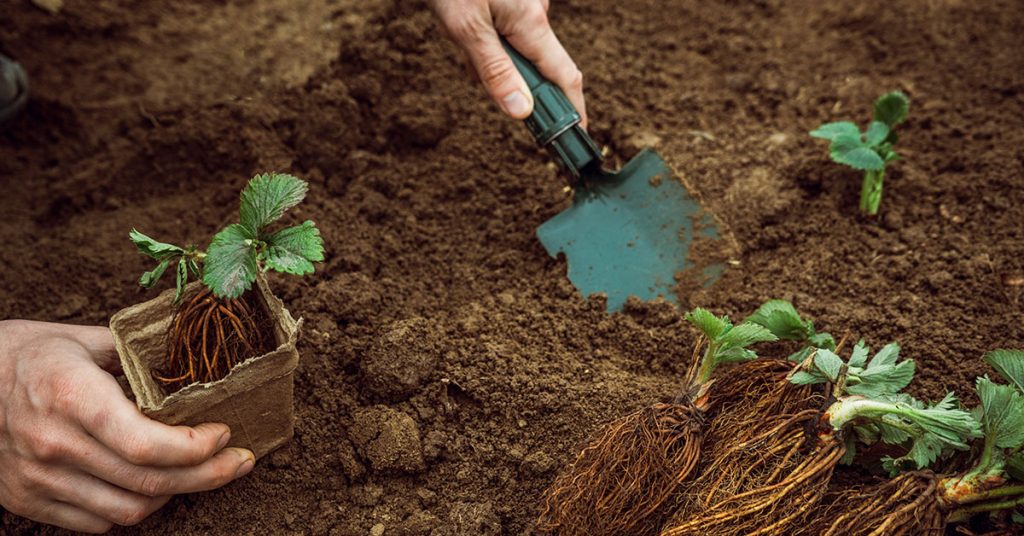
If your strawberry plants are newly planted or recently moved, yellowing leaves might be a result of transplant shock. It’s tough for roots to adjust to new surroundings, especially in hot or windy weather, and the stress can show up in the foliage.
Help them settle in by watering consistently, shading young plants during the hottest part of the day, and avoiding fertilizer until they show signs of new growth. Mulch around the base with straw to keep roots cool and moist. Once established, strawberries bounce back quickly, but they need some babying to get through the transition.
Magnesium Deficiency

Yellowing between the veins of older leaves can signal a magnesium deficiency, which often occurs in sandy or acidic soils where nutrients leach out easily. Magnesium is vital for chlorophyll production, and without it, photosynthesis slows down and leaf color fades.
You can treat this by applying Epsom salt (magnesium sulfate) dissolved in water as a foliar spray or soil drench. A tablespoon per gallon of water sprayed directly onto the leaves every two weeks usually does the trick. Magnesium-deficient plants tend to lose vigor, but once corrected, they rebound beautifully—and you’ll notice a return of that rich green leaf color pretty quickly.
Nutrient Imbalance From Overfertilizing

Ironically, too much fertilizer can be just as harmful as too little. Overfeeding, especially with high-nitrogen fertilizers, can cause salts to build up in the soil. This disrupts nutrient uptake and causes leaves to turn yellow or brown at the tips, mimicking deficiency symptoms.
Flush the soil with plain water to help wash away excess salts and allow the plant to reset. I prefer using compost or slow-release organic fertilizers, which feed more gently over time. Overfertilizing stresses the whole plant and can even reduce fruit flavor, so it’s worth finding the right balance for steady, healthy growth.
Aging Leaves Naturally Dying Off
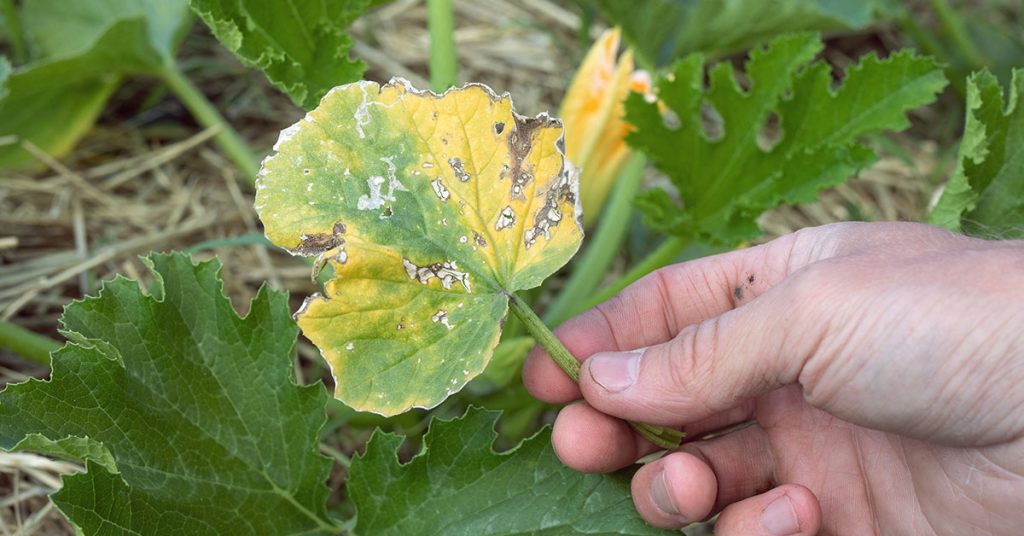
Sometimes, yellowing leaves are just part of the plant’s natural cycle—especially the outer, older ones. As strawberries grow, they shed older foliage to redirect energy toward flowers, fruit, and new leaves. If only a few lower leaves are yellowing while the rest of the plant looks great, there’s probably nothing to worry about.
Simply prune away the dying leaves to keep the plant tidy and reduce disease risk. Old leaves lying on the soil can attract pests and harbor fungal spores, so a bit of cleanup goes a long way. These older leaves also sometimes make cozy nesting spots for insects like earwigs or pill bugs, which are better off in a compost pile than your berry patch.
Heat Stress or Sunburn

Hot weather can be tough on strawberry plants, especially if they’re in containers or raised beds where roots heat up faster. Intense sunlight can bleach or yellow leaves, particularly if the plants are already under stress from drought or shallow soil.
Provide some midday shade during heatwaves, especially for young plants. A shade cloth or even a simple row cover can reduce leaf scorch and help maintain more even temperatures. Mulching also plays a big role here, as it keeps soil cool and reduces moisture loss. Happy roots make for happy leaves—and better berries!
Soil pH Is Out of Whack

Strawberries are picky about pH, and if the soil is too acidic or too alkaline, they struggle to absorb nutrients even if they’re present. The result? Yellowing leaves, stunted growth, and poor fruit production. If your soil hasn’t been tested in a while, this is a great place to start.
You can adjust soil pH gradually with amendments like lime (to raise it) or sulfur (to lower it). Once your soil is back in the ideal range, between 5.5 and 6.5, your plants can access the full buffet of nutrients again. I always recommend keeping a pH meter or test kit handy—it’s one of the simplest ways to troubleshoot mystery issues in the garden.


